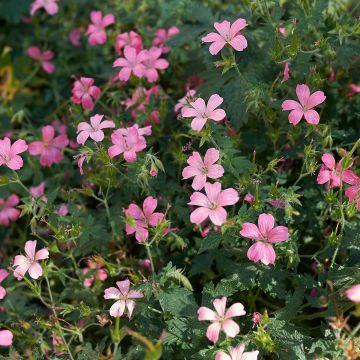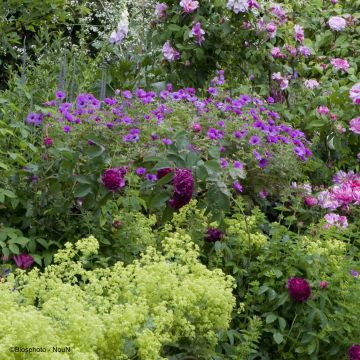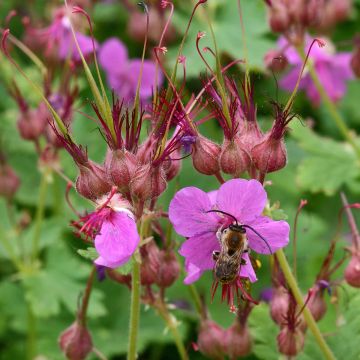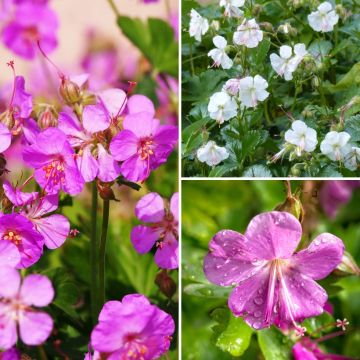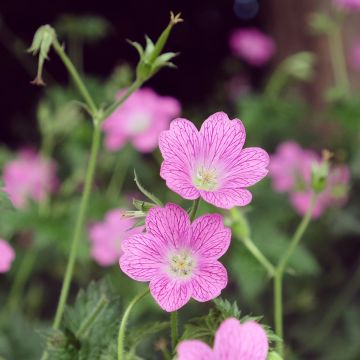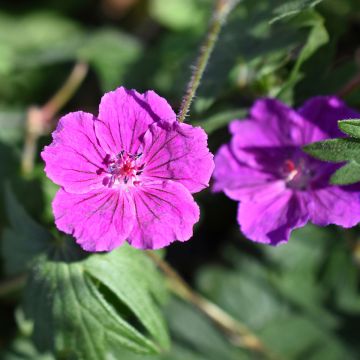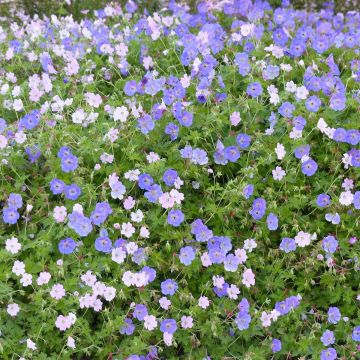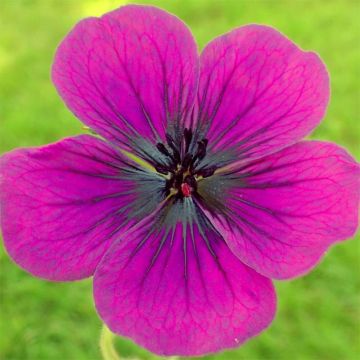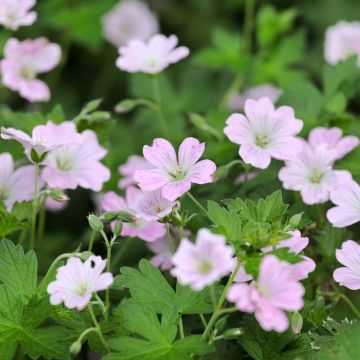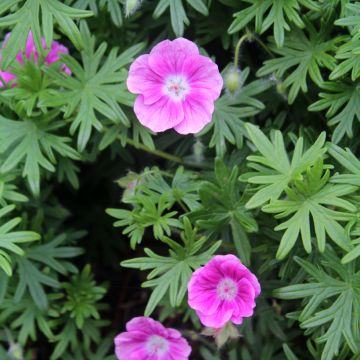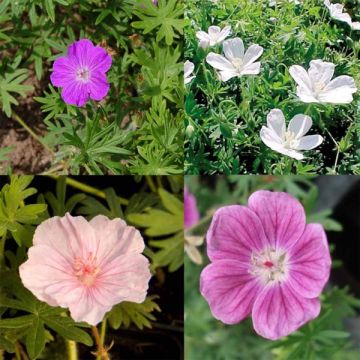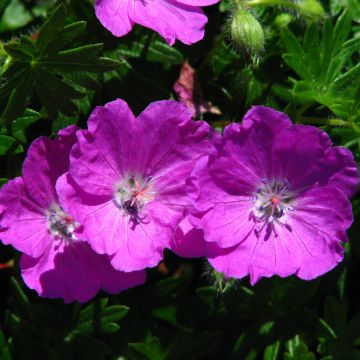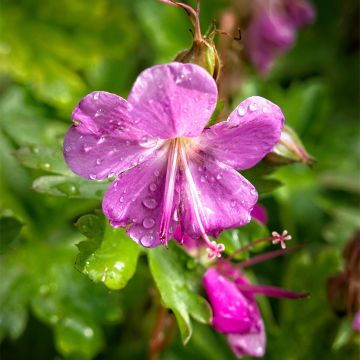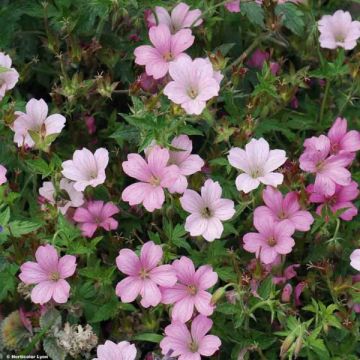Shipping country and language
Your country of residence may be:
Your country of residence is:
For a better user experience on our website, you can select:
Your shipping country:
Andorra
Austria
Belgium
Bulgaria
Canada
Chile
Croatia
Cyprus
Czechia
Denmark
Estonia
Finland
France
Germany
Greece
Hungary
Iceland
Ireland
Italy
Latvia
Lithuania
Luxembourg
Malta
Monaco
Netherlands
Poland
Portugal
Romania
Slovakia
Slovenia
Spain
Sweden
Switzerland
United Kingdom
We only deliver seed and bulb products to your country. If you add other products to your basket, they cannot be shipped.
Language:
French
German
Spanish
English
My Account
Hello
My wish lists
Plantfit
Log in / Register
Existing customer?
New customer?
Create an account to track your orders, access our customer service and, if you wish, make the most of our upcoming offers.
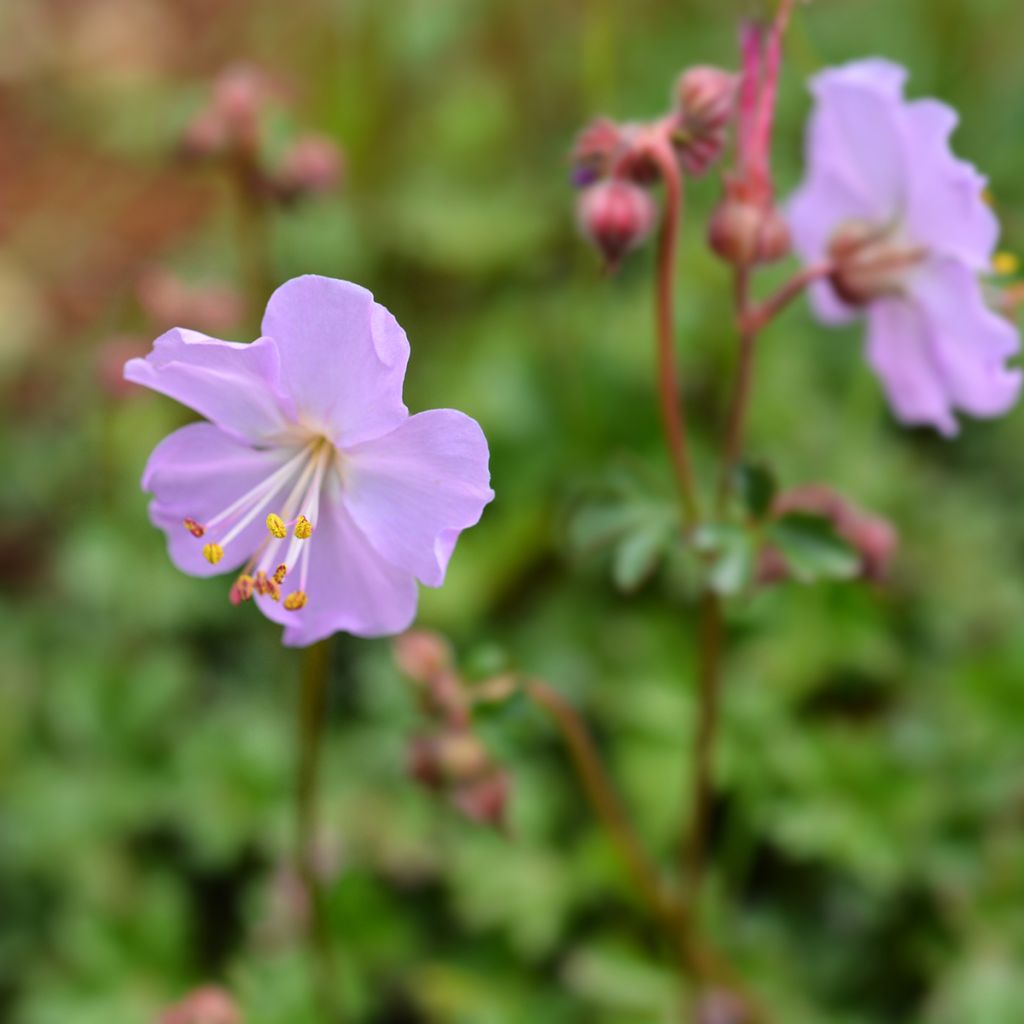

Geranium dalmaticum - Dalmatian Cranesbill
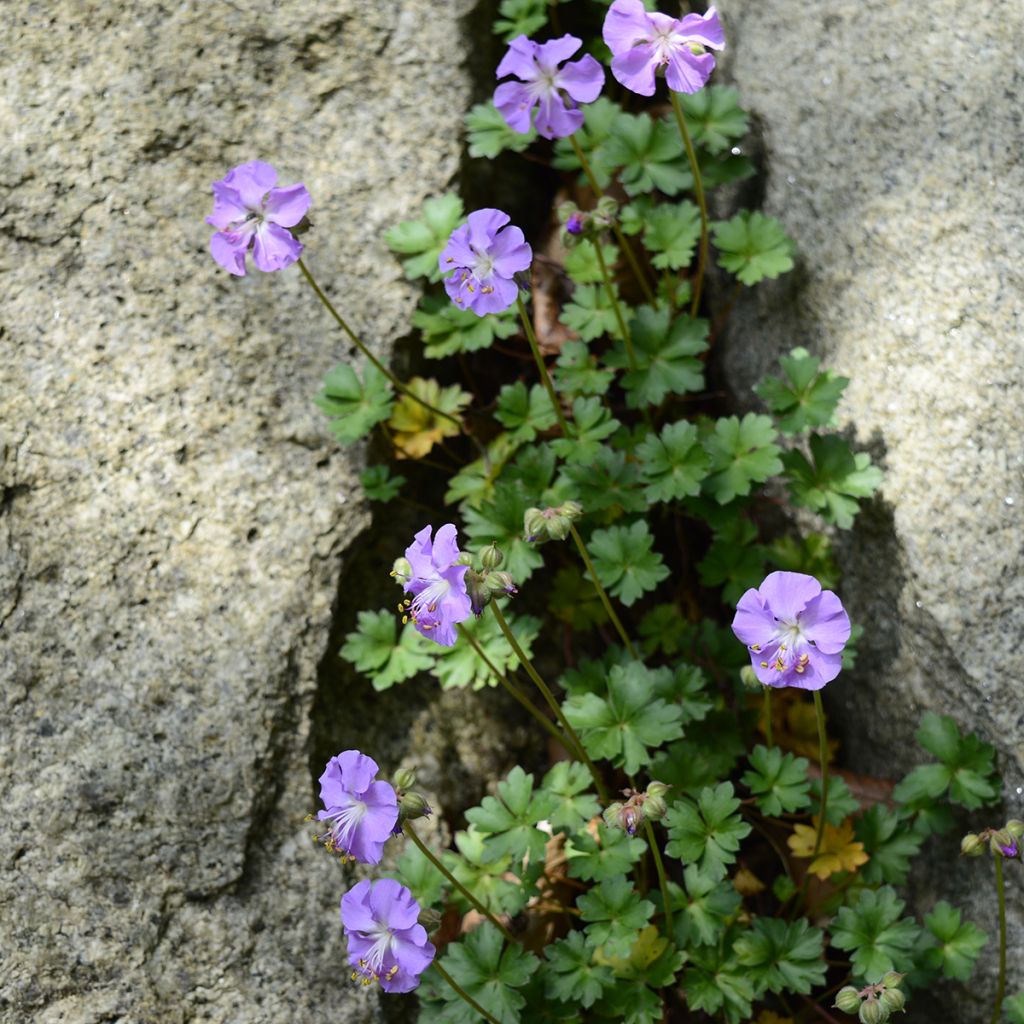

Geranium dalmaticum - Dalmatian Cranesbill
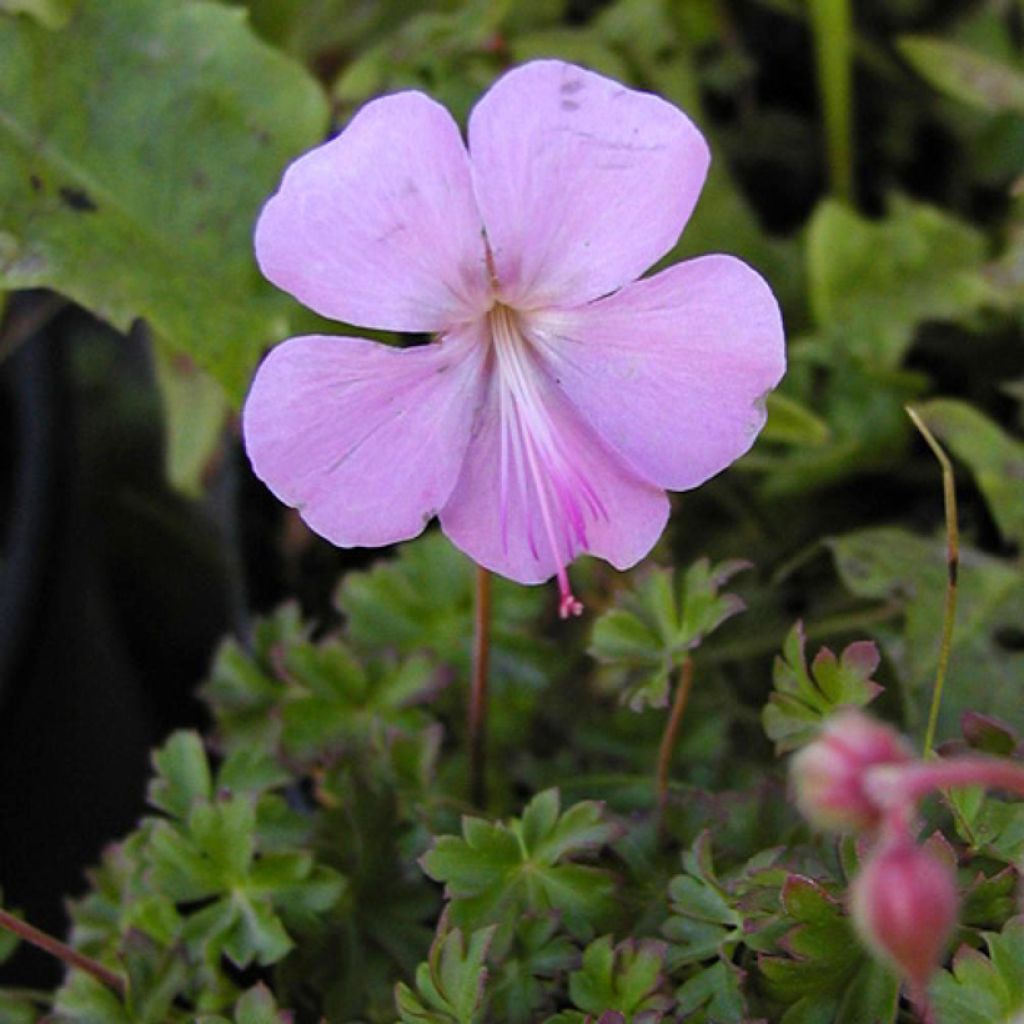

Geranium dalmaticum - Dalmatian Cranesbill
Geranium dalmaticum - Dalmatian Cranesbill
Geranium dalmaticum
Dalmatian cranesbill
Why not try an alternative variety in stock?
View all →Order in the next for dispatch today!
Dispatch by letter from €3.90.
Delivery charge from €5.90 Oversize package delivery charge from €6.90.
More information
This item is not available in your country.
Schedule delivery date,
and select date in basket
This plant carries a 12 months recovery warranty
More information
We guarantee the quality of our plants for a full growing cycle, and will replace at our expense any plant that fails to recover under normal climatic and planting conditions.
From €5.90 for pickup delivery and €6.90 for home delivery
Express home delivery from €8.90.

Does this plant fit my garden?
Set up your Plantfit profile →
Description
The Perennial Geranium dalmaticum, also known as the Dalmatian Geranium, is a small rhizomatous perennial plant that forms a low carpet and spreads slowly. The plant blooms for several weeks in summer, with small campanulate flowers in a soft pink shade with a hint of mauve. Its foliage is also interesting, composed of small, fragrant, glossy, dark green leaves that turn beautiful colors in autumn. Not demanding in terms of exposure, this botanical species adapts to any well-drained soil. It can be planted in a not too arid rockery, at the edge of a flower bed, or in the edge of a woodland where it will form a durable and charming ground cover.
The Geranium dalmaticum (synonym Geranium macrorrhizum var. dalmaticum) belongs to the Geraniaceae family. It is a botanical species native to the Balkan coasts, Montenegro, and Albania. This plant has a low and spreading growth habit, reaching a height of 15 cm (6in) and spreading at least 40 cm (16in). The flowering period takes place from June to August. The flowers, measuring 2.5 to 3 cm (1in) in diameter, appear in "umbels" or clusters. They are light pinkish mauve in color, with stamens bearing red anthers and carried on long stalks well above the foliage. The creeping stems of this geranium bear small, often evergreen leaves in winter, measuring 4 cm (2in) in diameter, aromatic, round, and lobed. They are slightly glossy and green in color. The foliage takes on stunning red and orange hues in cold weather.
The Dalmatian perennial geranium is primarily a rockery plant. It quickly fills cracks in paving, old walls, and the tops of low walls, and fills gaps in and at the edge of a rockery. It is also suitable for ornamental borders or paths in well-drained soil. It can be paired with dwarf phlox such as Phlox subulata 'Emerald Cushion Blue', Montpellier soapwort Saponaria ocymoides, wall bellflower Campanula poscharskyana 'Stella', and snow-in-summer Cerastium tomentosum Yo Yo, always in a substrate that does not retain excess water.
Geranium dalmaticum - Dalmatian Cranesbill in pictures


Flowering
Foliage
Plant habit
Botanical data
Geranium
dalmaticum
Geraniaceae
Dalmatian cranesbill
Geranium macrorrhizum var. dalmaticum
Southern Europe
Planting and care
The perennial Dalmatian geranium is easy to grow in well-drained, moist to slightly dry soil, even limestone, in full sun or partial shade. It is not a plant of the scrubland, it fears overly arid situations. Water regularly during the first summer and make sure to regularly remove adventives the first year. Once established, this small plant requires no further care. However, be cautious in very cold regions where it is not protected by snow in winter. Its hardiness is estimated at -15 °C (5°F) at its peak for a mature plant established in healthy soil. Its spreading stems can be easily controlled by pruning. Clean the foliage at the end of flowering and in spring.
Planting period
Intended location
Care
This item has not been reviewed yet - be the first to leave a review about it.
Haven't found what you were looking for?
Hardiness is the lowest winter temperature a plant can endure without suffering serious damage or even dying. However, hardiness is affected by location (a sheltered area, such as a patio), protection (winter cover) and soil type (hardiness is improved by well-drained soil).

Photo Sharing Terms & Conditions
In order to encourage gardeners to interact and share their experiences, Promesse de fleurs offers various media enabling content to be uploaded onto its Site - in particular via the ‘Photo sharing’ module.
The User agrees to refrain from:
- Posting any content that is illegal, prejudicial, insulting, racist, inciteful to hatred, revisionist, contrary to public decency, that infringes on privacy or on the privacy rights of third parties, in particular the publicity rights of persons and goods, intellectual property rights, or the right to privacy.
- Submitting content on behalf of a third party;
- Impersonate the identity of a third party and/or publish any personal information about a third party;
In general, the User undertakes to refrain from any unethical behaviour.
All Content (in particular text, comments, files, images, photos, videos, creative works, etc.), which may be subject to property or intellectual property rights, image or other private rights, shall remain the property of the User, subject to the limited rights granted by the terms of the licence granted by Promesse de fleurs as stated below. Users are at liberty to publish or not to publish such Content on the Site, notably via the ‘Photo Sharing’ facility, and accept that this Content shall be made public and freely accessible, notably on the Internet.
Users further acknowledge, undertake to have ,and guarantee that they hold all necessary rights and permissions to publish such material on the Site, in particular with regard to the legislation in force pertaining to any privacy, property, intellectual property, image, or contractual rights, or rights of any other nature. By publishing such Content on the Site, Users acknowledge accepting full liability as publishers of the Content within the meaning of the law, and grant Promesse de fleurs, free of charge, an inclusive, worldwide licence for the said Content for the entire duration of its publication, including all reproduction, representation, up/downloading, displaying, performing, transmission, and storage rights.
Users also grant permission for their name to be linked to the Content and accept that this link may not always be made available.
By engaging in posting material, Users consent to their Content becoming automatically accessible on the Internet, in particular on other sites and/or blogs and/or web pages of the Promesse de fleurs site, including in particular social pages and the Promesse de fleurs catalogue.
Users may secure the removal of entrusted content free of charge by issuing a simple request via our contact form.
The flowering period indicated on our website applies to countries and regions located in USDA zone 8 (France, the United Kingdom, Ireland, the Netherlands, etc.)
It will vary according to where you live:
- In zones 9 to 10 (Italy, Spain, Greece, etc.), flowering will occur about 2 to 4 weeks earlier.
- In zones 6 to 7 (Germany, Poland, Slovenia, and lower mountainous regions), flowering will be delayed by 2 to 3 weeks.
- In zone 5 (Central Europe, Scandinavia), blooming will be delayed by 3 to 5 weeks.
In temperate climates, pruning of spring-flowering shrubs (forsythia, spireas, etc.) should be done just after flowering.
Pruning of summer-flowering shrubs (Indian Lilac, Perovskia, etc.) can be done in winter or spring.
In cold regions as well as with frost-sensitive plants, avoid pruning too early when severe frosts may still occur.
The planting period indicated on our website applies to countries and regions located in USDA zone 8 (France, United Kingdom, Ireland, Netherlands).
It will vary according to where you live:
- In Mediterranean zones (Marseille, Madrid, Milan, etc.), autumn and winter are the best planting periods.
- In continental zones (Strasbourg, Munich, Vienna, etc.), delay planting by 2 to 3 weeks in spring and bring it forward by 2 to 4 weeks in autumn.
- In mountainous regions (the Alps, Pyrenees, Carpathians, etc.), it is best to plant in late spring (May-June) or late summer (August-September).
The harvesting period indicated on our website applies to countries and regions in USDA zone 8 (France, England, Ireland, the Netherlands).
In colder areas (Scandinavia, Poland, Austria...) fruit and vegetable harvests are likely to be delayed by 3-4 weeks.
In warmer areas (Italy, Spain, Greece, etc.), harvesting will probably take place earlier, depending on weather conditions.
The sowing periods indicated on our website apply to countries and regions within USDA Zone 8 (France, UK, Ireland, Netherlands).
In colder areas (Scandinavia, Poland, Austria...), delay any outdoor sowing by 3-4 weeks, or sow under glass.
In warmer climes (Italy, Spain, Greece, etc.), bring outdoor sowing forward by a few weeks.
